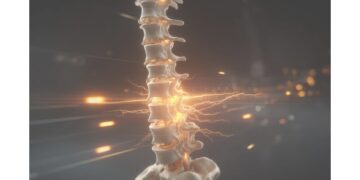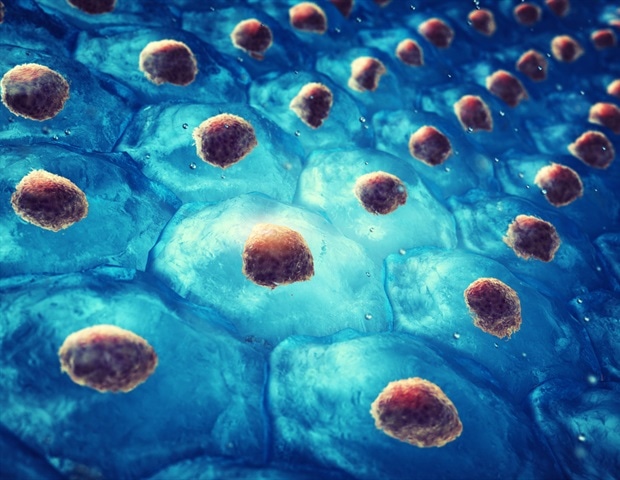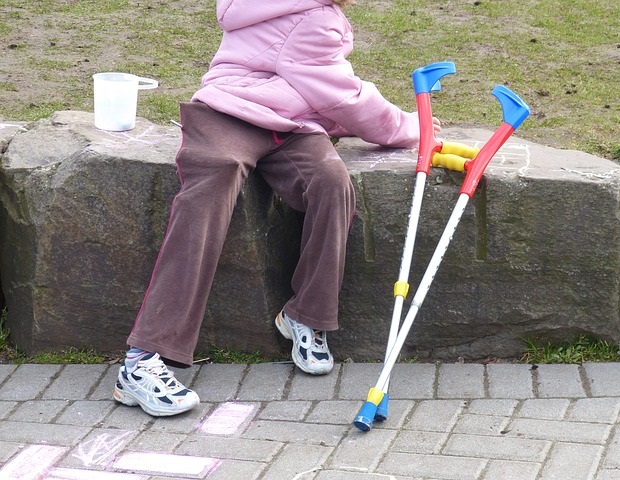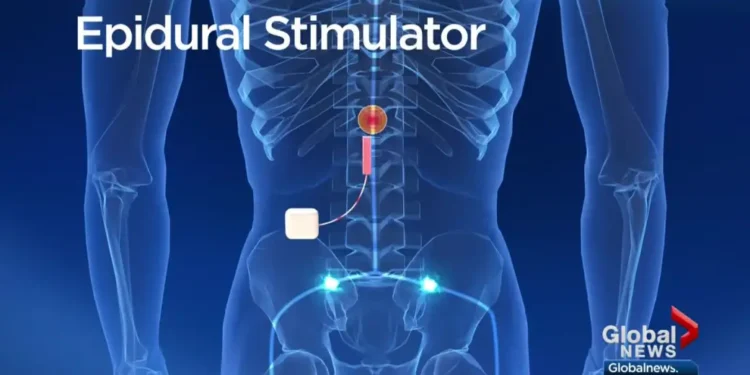Spinal cord injuries were once viewed as nearly impossible to recover from. New medical technology and techniques, such as electrical stimulation, now hold the potential to restore spinal cord function by promoting tissue regrowth.
Predicting how spinal cords react to electrical stimulation can help scientists improve treatments, but existing prediction methods massively oversimplify the structure, leading to significant uncertainty. Troughton et al. developed a simulation method to determine how electrode geometry impacts spinal cord regrowth.
“This work is important as it provides a means of investigating electrode geometry and placement for spinal cord treatments without having to perform tests in live patients,” author Joe Troughton said. “This way, a much better understanding of effective device structures can be achieved before translating this technology to clinical trials.”
To create the model, the team first generated a generalized model of the spinal cord based on clinical reports of human patient MRIs. This model was then used as the basis of a finite element model, created in COMSOL Multiphysics. The electric field generated inside the spinal cord was calculated using the finite element model, looking at variations in stimulation strength, electrode geometry, and tissue properties.
By controlling the strength of the stimulation signal, the team could predict complex electric fields and current distributions. The distance between electrodes is another key factor — at least 10 millimeters should separate each electrode from the injury site to produce a homogeneous electric field.














